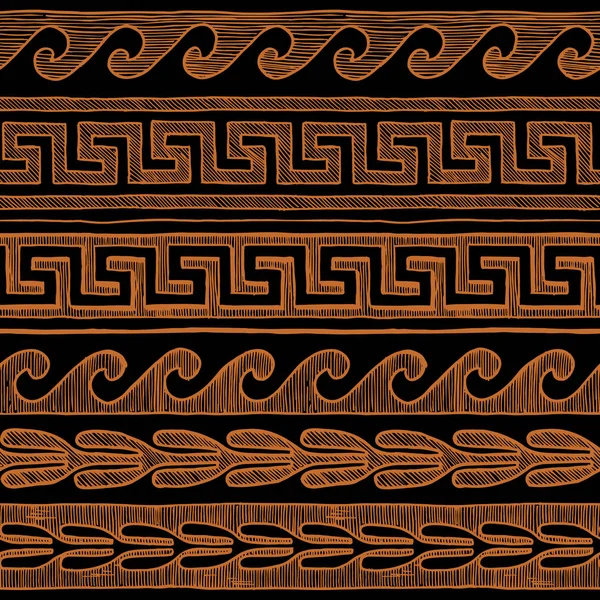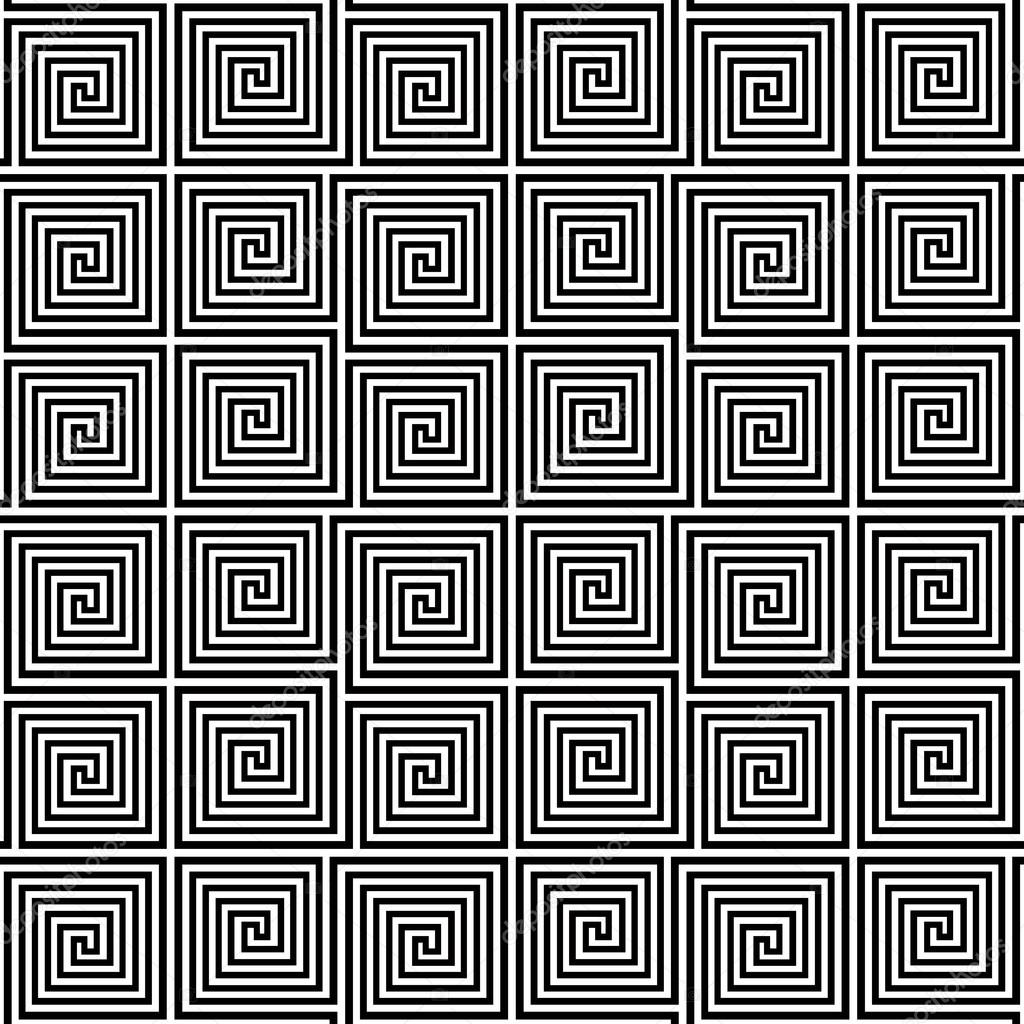
Buddhist tradition relates that he handed over his kingdom to his son and retired from the world, but Plutarch says that he died in camp while on a military campaign, and that his remains were divided equally between the cities to be enshrined in monuments, probably stupas, across his realm.Īttic Tetradrachm of Menander I in Greco-Bactrian style ( Alexandria-Kapisa mint). After his death in 130 BC, he was succeeded by his wife Agathocleia, perhaps the daughter of Agathocles, who ruled as regent for his son Strato I. Menander was also a patron of Buddhism, and his conversations with the Buddhist sage Nagasena are recorded in the important Buddhist work, the Milinda Panha ("The Questions of King Milinda" panha meaning "question" in Pali). Large numbers of Menander’s coins have been unearthed, attesting to both the flourishing commerce and longevity of his realm. Ancient Indian writers indicate that he launched expeditions southward into Rajasthan and as far east down the Ganges River Valley as Pataliputra ( Patna), and the Greek geographer Strabo wrote that he "conquered more tribes than Alexander the Great." After re-conquering the Punjab he established an empire which stretched from the Kabul River valley in the west to the Ravi River in the east, and from the Swat River valley in the north to Arachosia (the Helmand Province). Menander might have initially been a king of Bactria. Menander is noted for having become a patron and convert to Greco-Buddhism and he is widely regarded as the greatest of the Indo-Greek kings. 165/155 –130 BC) who administered a large territory in the Northwestern regions of the Indian Subcontinent from his capital at Sagala. It’s also simple to turn this into a geometric pattern that decorates all sides of an element, using border-image with SVG… a combination I will explore in the next article.Įnjoy this piece? I invite you to follow me at /dudleystorey to learn more.Menander I Soter ( Ancient Greek: Μένανδρος Σωτήρ, romanized: Ménandros Sōtḗr, Menander the Saviour Pali: Milinda), was a Greco-Bactrian and later Indo-Greek King (reigned c. Note that the very first of the stroked polyline is beyond the edges of the viewBox to avoid a tiny spacing issue that will occassionally come up with small SVG patterns rendered as background images. The final pattern is in many ways the most basic: With a little more work, it would be possible to turn this pattern into something that curves and twists as it progresses across the page. The result can be seen at the top of this article, and on the associated CodePen demo. Recall that almost any HTML element can be provided with a background image, providing the opportunity to make a horizontal rule decorated with a background image:

Using the same principles, it’s possible to make a simple vine decorative element: Once you have that basic technique, it’s relatively easy to produce more, including the following: If you wanted it on both the top and bottom, you could use two copies of the same referenced file:īackground-image: url(meander.svg), url(meander.svg) This will place the border at the top of the element. Īdding this as a decorative border to an HTML element is also quite straightforward: Line, polyline Įmploying to make copies of the elements works in our favour: changes to the style of the design are controlled by CSS, as they should be, but changes to the geometry of the line and polyline, such as the treatment of caps and corners, will be instantly reflected in the copies generated by. There are just two components: a line and a polyline. Its construction in SVG couldn’t be much simpler. Historically, it may have symbolized eternity or unity its design also echoes the pattern of the classical labyrinth, together with the waves of the Mediterranean and the twists of a river. Sometimes referred to as a “Greek key” or “Greek fret”, this pattern is probably the most familiar from classical antiquity.

Classical Greek Meander The meander tile in SVG As such, they are easiest to make as single tiles, with their repetition created in CSS, rather than SVG. The geometrical designs of Greek antiquity tend to be applied in rows and columns, rather than area-filling tiles, reflecting their familiar use on friezes and architraves.


 0 kommentar(er)
0 kommentar(er)
